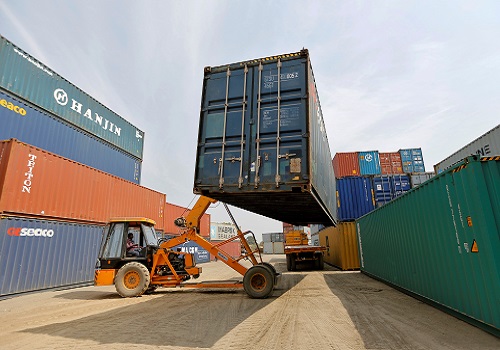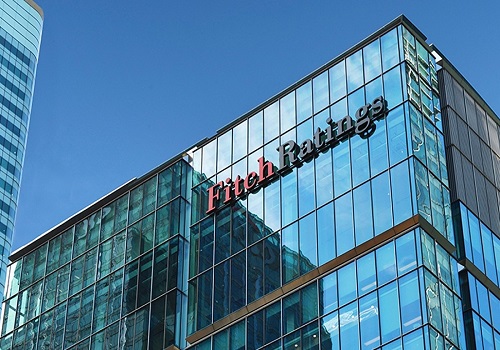Monsoon and its impact on inflation

Follow us Now on Telegram ! Get daily 10 - 12 important updates on Business, Finance and Investment. Join our Telegram Channel
The IMD has declared the onset of monsoon and the next four months will be key for agriculture given the overlap of the kharif season crop sowing. This year, IMD expects monsoon rainfall to most likely be 'normal' with La Nina and Indian Ocean Dipole conditions also likely to be favourable. Ultimately, spatial and temporal rainfall distribution matters, not just the overall quantum. If it is regionally skewed, records extreme events or picks up only towards the end of the season, sowing could end lower or yields could drop. Buildup of reservoirs and soil moisture for the following rabi season sowing is another consequence.
Can a normal monsoon this year meaningfully support an otherwise lackluster rural economy and help ease inflation?
First, the context. Rural wage growth, which averaged 4.1 per cent y/y pre-pandemic in 2019, has been flattish at 5 per cent in H2 2021 and 4.3 per cent in Q1 2022. The big difference now is inflation, after adjusting for which, real rural wages grew 1.1 per cent y/y in 2019, 0.2 per cent in H2 2021 and -2.4 per cent in Q1 2022. Within rural, non-agri and core-agri wage growth have been even softer. Two-wheeler and tractor sales have edged up but is volatile and some part seasonal.
Government rural expenditure has remained supportive and fertilizer subsidies have been materially increased but crop MSPs are unlikely to be set much higher in the context of high inflation. This is at a time when farm input cost growth has risen sharply, given higher cost of high-speed diesel and electricity, from 1 per cent y/y in 2019 to 26 per cent in Q1 2022. Rural core inflation has also been higher than urban core. Thus, even if rainfall is normal, higher earnings and its translation to profits could face hurdles.
Within GDP, agri is only 19 per cent and crops account for only 55 per cent within agri. Thus, non-agri rural space is crucial too but weaker agri wage growth could feed into non-agri wages through movement of labour unless agri demand is very strong.
However, construction activity in Q4 FY22 seems to have picked up, which is positive, although the rural share of this is not clear. Given rice is the major crop grown during the kharif season and government stock is already well in excess of buffer norms, impact of a good monsoon on inflation may not be material. Food inflation dynamics in H2 2022 could be driven more by prices of vegetables, edible oils and wheat.
The impact of rainfall on rural consumption is potentially higher but, in the current context, expecting it to be a panacea is probably too much.
Above views are of the author and not of the website kindly read disclaimer










Tag News

Monthly Debt Market Update, September 2023: CareEdge Ratings





 320-x-100_uti_gold.jpg" alt="Advertisement">
320-x-100_uti_gold.jpg" alt="Advertisement">








